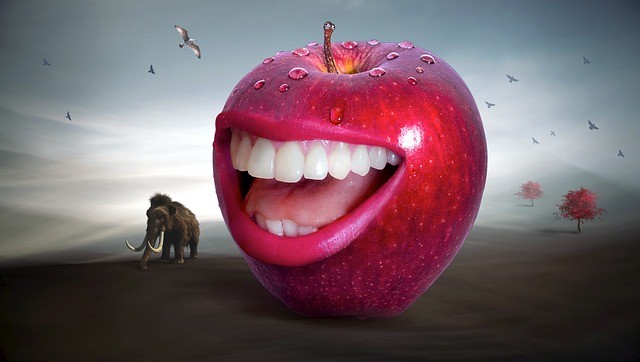The human body really is amazing, strange, and interesting. We’ve put together some fun tooth facts so you can test your knowledge, impress your friends and family, or simply learn more. Your food must be broken down before entering your digestive system so that your body can absorb the nutrients from it easily. Your teeth help you chew your food, making it easier to digest. Yet, each type of tooth has a somewhat different shape and performs a different function. We hope you enjoy our dental 101.
Parts of the Tooth
- A tooth is composed of two basic parts: the crown, which is the white part of the tooth you can see, and the root, which is below the gum line and helps to anchor the tooth into the jaw bone.
- Teeth contain four kinds of tissue, enamel, dentin, cementum, and pulp.
- The pulp is at the core of the tooth and contains blood vessels and other soft tissues that deliver nutrients along with the nerves that send signals to your teeth.
- Cementum is a soft tissue that covers the tooth root and helps anchor it into the bone.
- Dentum looks similar to bone, and helps to protect the softer tissues.
- Enamel is the outside covering of the tooth that you can see, which is actually harder than bone!
Development of Teeth
- We have two sets of teeth; 20 primary (baby) teeth and typically 32 permanent (adult) teeth, which develop in stages.
- Your baby teeth begin to develop before you’re even born. In fact, they start to form during the beginning of the second trimester of pregnancy.
- A baby’s first tooth makes an appearance at around six months of age and is usually one of the front incisors.
- The root a tooth continues to develop even after the tooth has erupted.
- Baby teeth are generally in place when the baby is between two and a half to three years old.
- Baby teeth begin to fall out between the ages of six and twelve and are replaced by permanent teeth.
- Teeth typically erupt symmetrically so the top left molar and top right molar come in about the same time. However, the front incisors are usually the first to appear.
- Third molars (wisdom teeth) are the last teeth to develop, usually not erupting until the between the ages of eighteen and twenty. However, some people’s third molars never do emerge or even develop at all!
The Types of Teeth and Their Jobs
- Incisors compose the top four and bottom four teeth in the front of your mouth and are useful for biting food.
- We have four sharp canines or fangs for tearing and ripping our food apart.
- Your premolars or bicuspids are a part of your permanent teeth and have a flat biting surface to crush and grind food. There are four premolars on each side of your mouth, two on the top and two on the bottom.
- The molars are the biggest of the teeth and have a large flat biting surface. The function of the molars is to grind, crush and chew food. There are eight baby molars and twelve in the adult molars.
- The third molars are often referred to as wisdom teeth. Although some people never develop them at all, for others they may cause crowding and may need to removed. When they don’t fully emerge, they are known as impacted and are typically removed.
Your teeth fulfill important roles in eating, speaking, and your overall health, so remember to take good care of them. For good oral health and your best smile, be sure to brush and floss your teeth regularly, and see the dentist regularly for dental cleanings and exams.
If you are interested in more fun facts and information, Dr. Heidi Finkelstein and her caring staff at My Plantation Dentist can help. To schedule your appointment, please contact us today at 954-584-1030.




